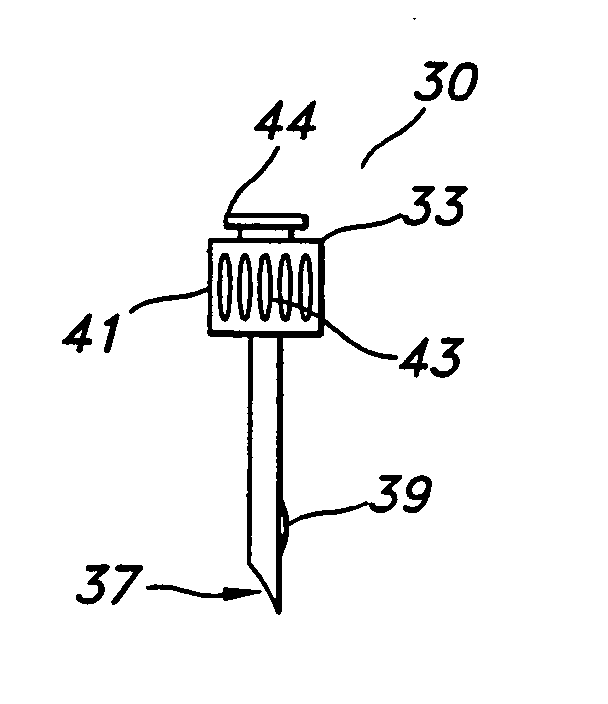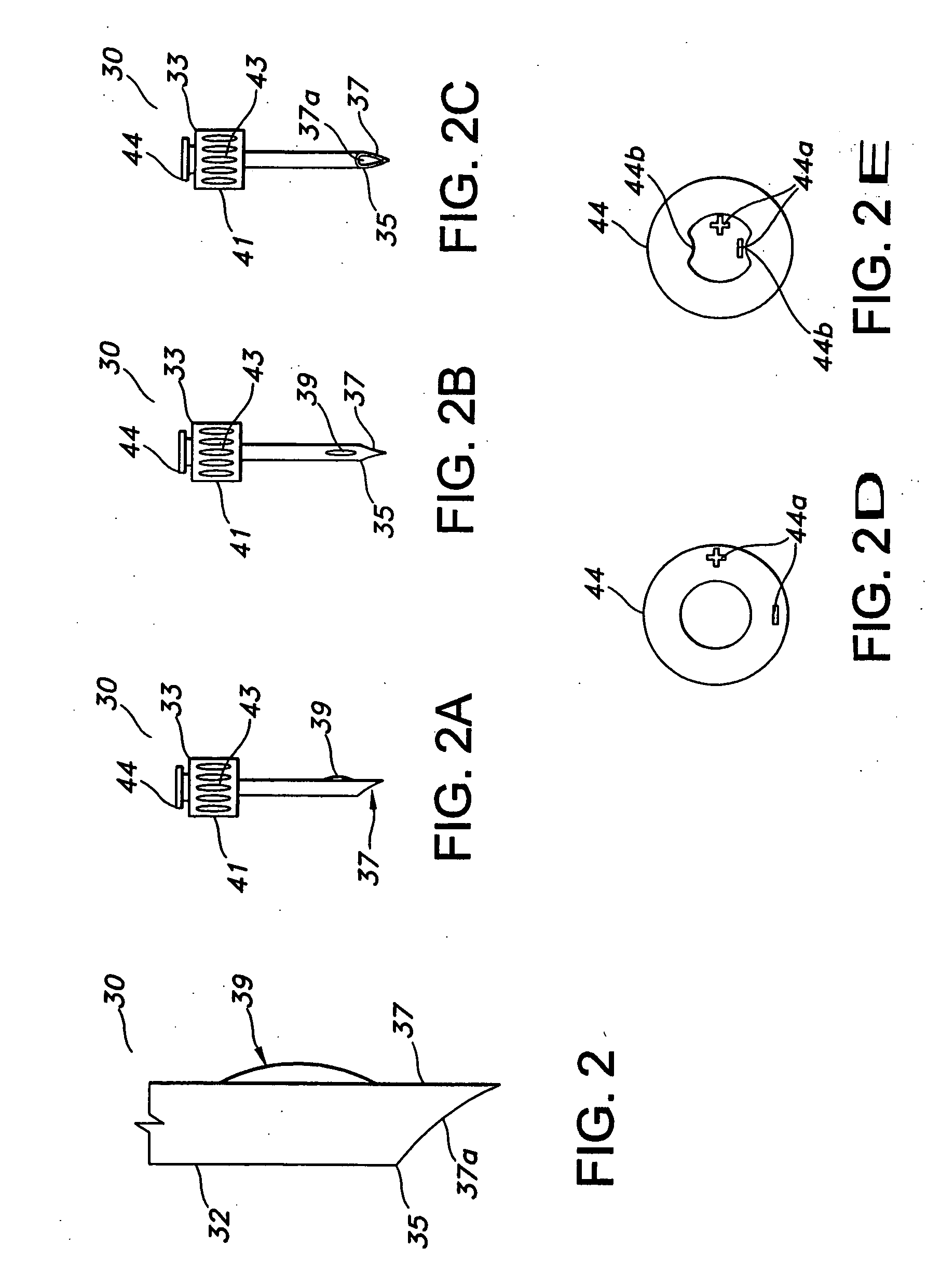Valve port assembly with coincident engagement member for fluid transfer procedures
a valve assembly and fluid transfer technology, applied in the field of valve port systems, can solve the problems of increasing blood pressure, accumulating fluids and toxic wastes in the body, and experiencing debilitating effects, and achieve the effect of preventing the withdrawal of the activation needl
- Summary
- Abstract
- Description
- Claims
- Application Information
AI Technical Summary
Benefits of technology
Problems solved by technology
Method used
Image
Examples
Embodiment Construction
[0028] The valve port system of the present invention provides a port member having a housing with a valve rotatably positioned therein. The port housing insertably accommodates a fluid flow conduit such as a catheter tube therein so that the conduit is capable of providing fluid flow communication between the patient's vascular system and a dialyzer, catheter or other blood transport device. The valve is a generally cylindrical member having an open end, a closed end and an orifice positioned near the closed end which is rotatably alignable with the conduit. In addition, a longitudinal groove is defined along an interior surface of the valve. An extractable engagement member such as needle is also provided, having an elongate tubular body defined by a proximate end and a distal end. A tapering bevel defines an opening at the distal end so as to form a tip thereat. A low profile protrusion is defined proximate the distal end at a position that enables engagement of the protrusion in...
PUM
 Login to View More
Login to View More Abstract
Description
Claims
Application Information
 Login to View More
Login to View More - R&D
- Intellectual Property
- Life Sciences
- Materials
- Tech Scout
- Unparalleled Data Quality
- Higher Quality Content
- 60% Fewer Hallucinations
Browse by: Latest US Patents, China's latest patents, Technical Efficacy Thesaurus, Application Domain, Technology Topic, Popular Technical Reports.
© 2025 PatSnap. All rights reserved.Legal|Privacy policy|Modern Slavery Act Transparency Statement|Sitemap|About US| Contact US: help@patsnap.com



